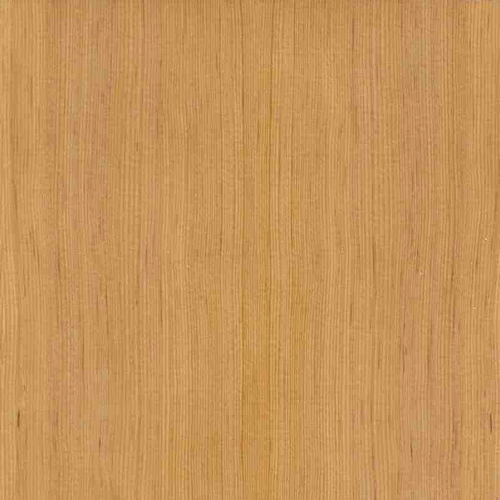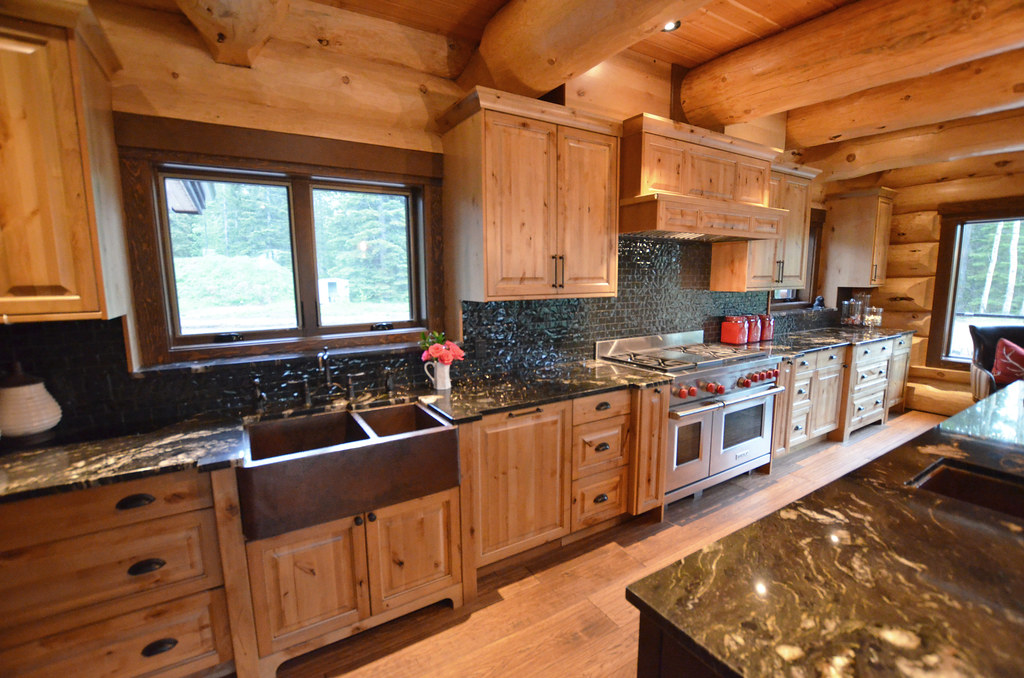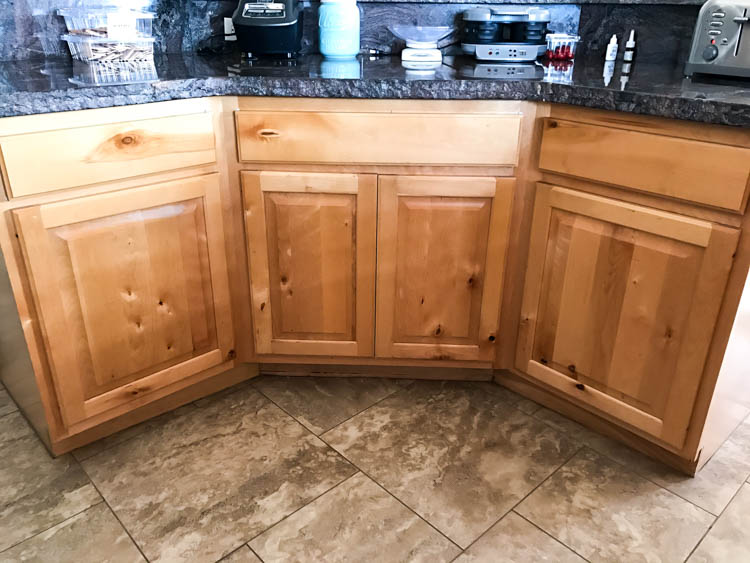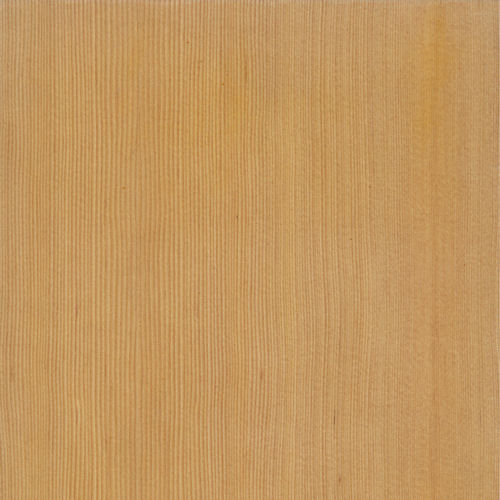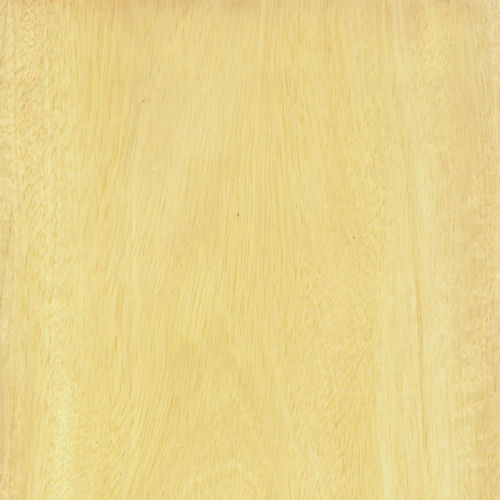Larch
Even on disturbed soils, European Larch is a pioneer species that flourishes throughout Central Europe, growing quickly in the Alps, Carpathian Mountains, Poland, and Russia. It grows so fast, it’s often planted to rehabilitate areas that have experienced extensive disturbance, like forest fire, flood, or tornado. And it’s often planted as a starter species to prepare substandard land for hardier tree species with greater soil and nutrient demands.
Basically, this species has powerful regenerative properties — healing of the environment, quickly converting useless land back into healthy forest. Then, after harvest, “Common Larch” as it’s sometimes called, remains an uncommonly great wood.
Tough and durable, it’s heartwood is actually waterproof. Yet classically beautiful, ranging in color from a warm yellow to a medium reddish-brown. The perfect counterbalance, it’s nearly-white sapwood creates a clear, clean demarcation. Grain wise, you’ll find the European Larch to be full of eye-pleasing, natural character, featuring prominent growth rings and occasional small knots. With fine to medium texture and a greasy or oily feel.
Due to its rot-resistance durability, European Larch is used extensively for heavy carpentry, exterior paneling, exterior and interior joinery, poles, posts, and flooring. But because it’s so visually appealing, it’s a popular choice for veneer and decorative purposes as well.
Species Distribution:
Central Europe
The Alps
Carpathian Mountains
Pyrenees
Poland
Lithuania
Scandanavia
Common / Alternative Names:
European Larch
Common Larch
Janka Hardness:
740 lbf
Sustainability Status:
CITES Appendices: Not listed
IUCN Red List of Threatened Species: Listed as a species of least concern.
Related Species:
Japanese Larch (Larix kaempferi)
Tamarack (Larix larcina)
Western Larch (Larix occidentalis)


